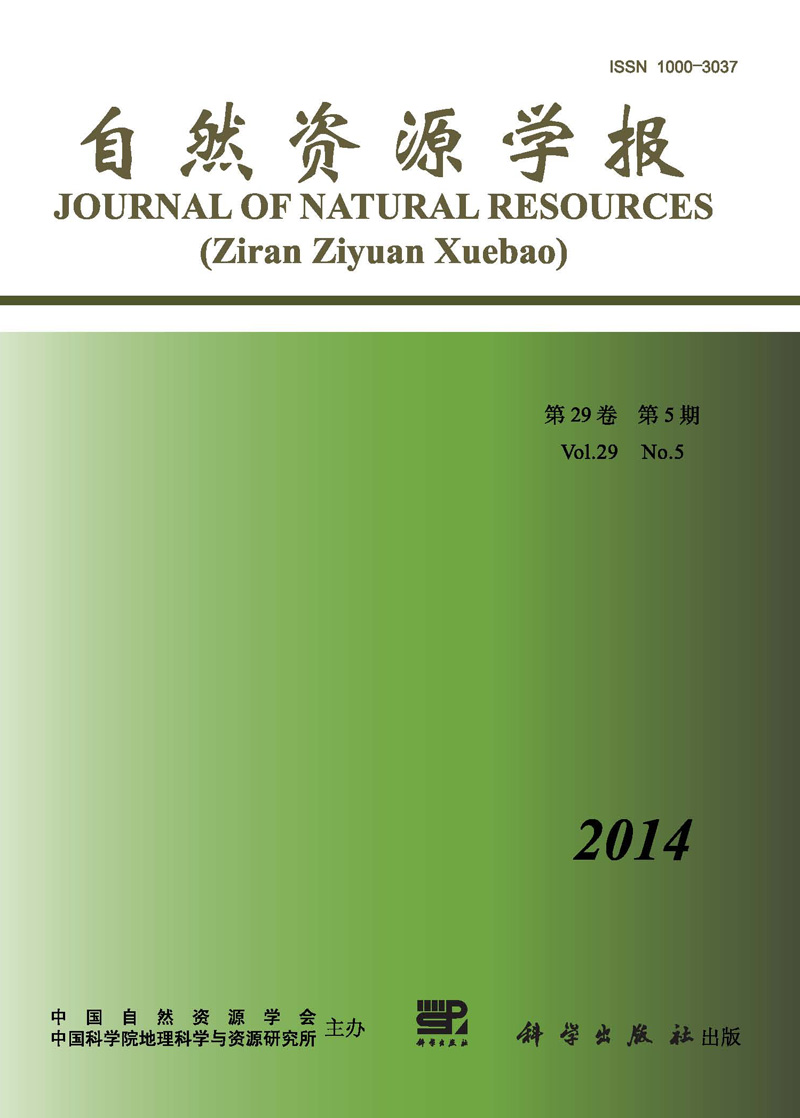Resources Research Methods
GAOWei, ZHOU Feng, DONG Yan-jun, GUO Huai-cheng, PENG Jun-tai, XU Peng, ZHAO Lei
Parameter calibration is one of the most important steps in hydrological modeling. A PEST-based multi-objective automatic calibration approach (PEST-HSPF) is proposed specially for Hydrological Simulation Program- Fortran (HSPF) model. The proposed approach consists of five steps: 1) the development of HSPF model framework including wdm and uci files, 2) the generation of time-series preprocess file (tsproc.dat) to transform the HSPF's output to ASCII format, 3) the preparison of parameter file (model.tpl) to adjust model parameter values of HSPF after repeating interations, 4) the setup of PEST's coeffients to generate model.ins and model.pst, and 5) the running of PEST to determine the optimal set of parameters when the discrepancies between the pertinent model-generated numbers and the corresponding measurements are reduced to minimum. Additionally, squared error of daily flows, monthly flows and exceedence times for flow (1%, 5%, 10%, 25%, 50%, 75% and 90%) are suggested to be objective functions, and the weighting functions are assigned to each subobjective function to ensure that the contributions of each to the multiple-objective functions were almost equal. A realworld case study is then conducted for Zhonghe Subwatershed of Lake Dianchi Watershed, which is applied to illustrate its advantages in predictive accuracy over manual and single-objective methods. The results indicate that: 1) ten types of sensitive parameters were automatically calibrated after 734 running of PEST-HSPF, leading to the significant decrease of the error of objective functions to be 45.4% of that at initial stage; therefore, PEST- HSPF results using squared error of daily flows, monthly volumes and flow exceedances weighted by reciprocal of their initial values performed better with respect to goodness-of-fit measures than manual and single-objective results, for example, the R2, NSE and index of agreement of daily flows calibration were 0.75, 0.74 and 0.93. 2) Manual method assisted by HSPEXP satisfied total volumes and yearly trend, but cannot capture the small- scale hydrological processes; for example, the R2, NSE and index of agreement of daily flows calibration were only 0.45, 0.24 and 0.80; 3) PEST-HSPF with multi-objective functions could not only balance the contribution for three objective functions, but also accurately acquire daily/monthly volumes, temporal trend, regional variations, and specific flows at different exceedance fractions over calibration and verification periods. Although the PEST-HSPF with single-objective function was superior to manual method assisted by HSPEXP, it just focused on the minimization of one type of errors within calibration process. For example, the R2, NSE and index of agreement of the PEST-HSPF only with exceedence times for flow were only 0.61, 0.54 and 0.80. However, further research is necessary to understand how to select the parameters, objective functions and the associated weights, since there is currently no guidance available for the use of PEST-HSPF in more applications in watershed modeling. Considering the positive performance reported in this research and the many possible applications of this automatic calibration method, PEST-HSPF offers a new frontier for improving the field of watershed modeling.
